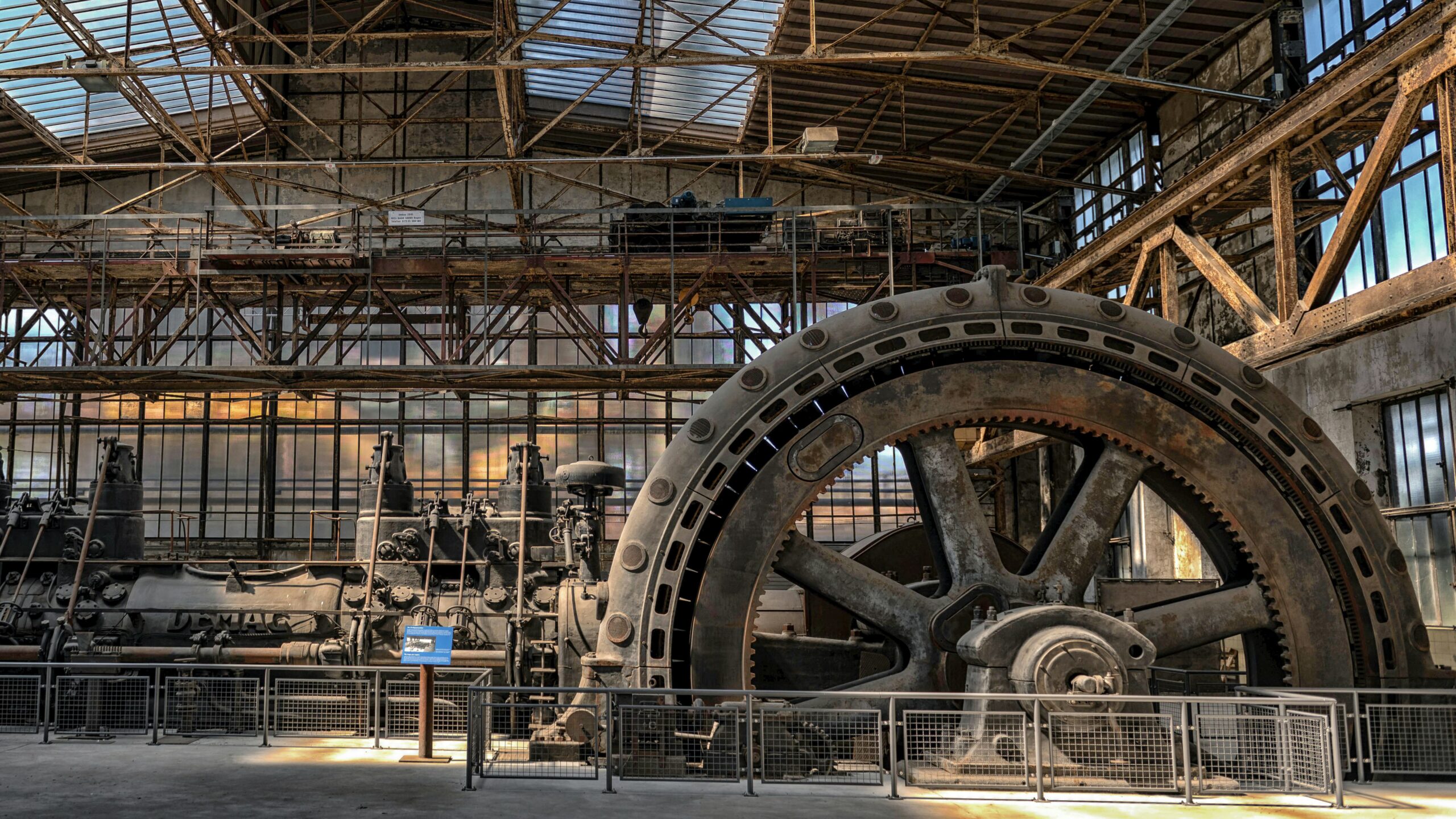
Old industrial mills are silent witnesses to a transformative time in history. These buildings tell stories of innovation, hard work, and the rise of industries that shaped modern society. Though many stand weathered and worn today, they hold deep architectural and historical value. Exploring their past uncovers how these mills were once the beating heart of communities and the engines of economic growth.
The Rise of Industrial Mills
The story of industrial mills begins during the Industrial Revolution, a period starting in the late 18th century. Before this era, manufacturing happened mostly by hand or with simple tools. Mills revolutionized the industry by introducing machinery powered by water, steam, and later electricity. This shift allowed for faster and larger-scale production.
Most early mills were built near rivers or streams. Water was a vital energy source. The flowing water turned large wheels connected to gears inside the building. These gears powered machines that could spin thread or weave cloth at speeds far beyond what human hands could manage.
Architecture Built for Function
Old mills were designed with a clear purpose: to house heavy machinery and withstand constant movement and vibration. They often featured sturdy stone or brick walls. Thick beams and floors supported the weight of machines and workers.
Large windows were common, flooding the interior with natural light. This feature was crucial before the widespread adoption of electric lighting. The open, spacious design allowed machines and workers to be arranged efficiently. It also helped with ventilation, reducing the build-up of dust and heat.
Despite their industrial function, many mills show elegant design details. The architecture reflects pride in craftsmanship and the importance of the building within the community. Some mills have decorative brickwork or grand entrances, making them stand out in the landscape.
Social and Economic Impact
Old industrial mills did more than produce goods; they also provided employment opportunities. They created jobs and brought people together. Towns often grew up around these mills, with families relocating closer to the workplace.
Life in mill towns revolved around the factory schedule. Workers, including women and children, adhered to strict working hours. The mills dictated daily routines and even shaped social life. Schools, churches, and shops often sprang up nearby to serve the growing population.
Economically, mills contributed to the local and national economies. They turned raw materials like cotton and wool into finished products that could be sold domestically and abroad. This growth helped nations build wealth and expand their influence during the 19th and early 20th centuries.
Technological Advances Reflected in Architecture
As technology evolved, so did mill buildings. Early mills used water power, but later ones shifted to steam engines. This change freed mills from the need to be near water, allowing them to be built in new locations.
Steam power required tall chimneys and large boiler rooms, adding new elements to mill design. With the introduction of electricity, mills gained even more flexibility. Electric motors replaced belts and shafts, making layouts more efficient and less noisy.
These technological shifts often led to expansions and renovations. Mill owners invested in modernizing their buildings to stay competitive. The architectural evolution seen in mills mirrors the progress of industrial technology itself.
Preservation and Adaptive Reuse
Today, many old industrial mills stand empty or are slated for demolition. However, their historical and architectural value has led to efforts to preserve and restore them.
Preservation projects often focus on maintaining the building’s original character while adapting it for new uses. Many mills have been converted into apartments, offices, or cultural centers. This adaptive reuse breathes new life into the structures while honoring their past.
Restoring old mills can also boost local economies through tourism and community pride. Visitors are drawn to these landmarks to appreciate their unique design and the stories they hold.
A Window into the Past
Walking through an old industrial mill offers a glimpse into a time when industry and community were closely linked. The worn floors, massive beams, and large windows speak to the countless hours of labor and human effort that went into building the machines.
These buildings remind us of a critical period in history when innovation transformed society. They stand as architectural treasures, linking the past with the present and inspiring future generations to value craftsmanship and heritage.
Old industrial mills are more than just factories; they are also cultural landmarks. They are monuments to human ingenuity, resilience, and the power of industry to change the world.
Would you like me to include some specific examples of famous mills or focus more on a particular region?